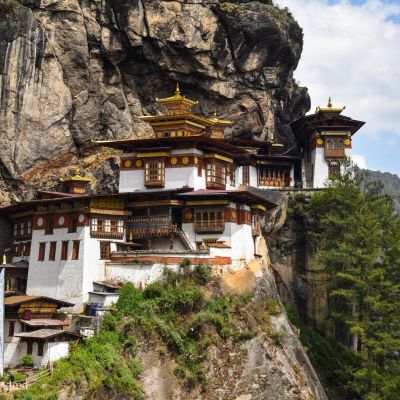Santander's New Groove

Centro Botín, the long-awaited Renzo Piano-designed art museum in Santander, has a social mission at its heart.

On the site of a vast car park in the disused docklands of Santander now hovers Centro Botín, an €80 million museum bankrolled by Fundación Botín, the charitable foundation launched in 1964 by Santander’s banking dynasty family.
The Renzo Piano-designed building is at once transformational and yet modest. Double-lobed, like car-door wing mirrors, covered in 280,000 round pearly ceramic tiles, the museum reflects the sun and sparkle from the water below. Cantilevered on slender white 6m pillars, it appears to ‘float’ above the ground, extending 20m over the sea, allowing unlimited views of the bay for the many pedestrians strolling its gardens. The project restores the pedestrian access between the historic part of the city, the ancient Jardines de Pereda, and the waterfront, while the road that once divided the gardens from the sea now runs underground through a tunnel.
And, compared to its flashier peers, says Benjamin Weil, artistic director, the museum has created a sense of belonging among locals.
“Our biggest challenge was to create a situation where the people who live here don’t come to see it just once. We would like the museum to become an integral part of their everyday lives,” says Weil.
The museum board thus made the decision to grant free entry to anyone with an address in Cantabria. A resident need only register, pay €2 for a plastic identity card, then they can return, for no extra cost, forever. “If you make the commitment to register, pay for this card, then, all of a sudden, your relationship with the institution changes,” says Weil.
In the six months since the museum has opened, he adds, the locals have appropriated this space into their everyday lives. Exhibition attendance hit 100,000 in the first three months. People walk around, sip their morning coffee in the cafe, take their friends for lunch, and return again and again, often to see the same shows. “It was an immediate inclusion.”
Now, the museum is bringing in local families who might never have gone to see art because of the barrier of entry costs, or because they felt intimidated by “not understanding”, says Weil.
“When I talk about the shows, people say: ‘I would never have seen that, I would never have understood that.’ But I tell them: your interpretation is just as valid as mine, it’s not about what ‘an expert’ thinks, it’s about what your reaction is to what you’re looking at,” he adds.

Naturally, the museum opened with a bang, with an important exhibition of 83 drawings by Francisco de Goya, from the Museo del Prado’s world-famous collection and a highly Instagrammable show from Carsten Höller, famous for his dizzying playground- style slides and interactive installations. In the early Autumn, Höller and Goya gave way to a major solo show of acclaimed Ethiopian-American artist Julie Mehretu.
Next year promises to be bigger and better as Centro Botín continues to extend and strengthen Fundación Botín’s visual arts programme, directed by a committee including Vicente Todoli, former director of the Tate Modern, Paloma Botín, board member of Fundación Botín; Udo Kittelman, director of Berlin’s Nationalgalerie; Manuela Mena, Chief Curator of 18th Century Paintings at Prado Museum; María José Salazar, Curator at Reina Sofia Museum; and Benjamin Weil. Next year's exhibition programme includes a sculpture exhibition by Joan Miró and one by Cristina Iglesias, and a show of drawings by Manolo Millares, known for his use of twisted and bunched burlap in collages.
The museum will also expand its schedule of cultural activities, with a special area for hosting classes, art workshops, music, dance and cookery activities for children and families. Outside, a new amphitheatre has been created. It adjoins Centro Botín’s west façade, where an LED screen is installed for open-air cinema, and for screenings of activities held within the building.
Weil concludes: “This museum is not a vanity project. It truly belongs to the people. ”
This article originally appeared in the Celebration Issue, December 2017. To subscribe contact









